Long before modern cities and highways shaped North America, a rich variety of animals lived alongside the continent’s earliest human inhabitants. These creatures, some massive and others uniquely adapted to their environments, played a significant role in the daily lives and cultures of Native Americans. Over thousands of years, changing climates and human activity contributed to the disappearance of many remarkable species. Today, their fossils and ancient stories help us imagine a world where people shared the land with animals that are now lost to history. This article explores ten extinct animals that once roamed the Americas with Native Americans. By learning about these vanished species, we gain insight into the land’s past diversity and the close relationship between humans and wildlife. Each animal on this list represents a chapter in a shared story that continues to shape our understanding of North America’s natural heritage.
1. Woolly Mammoth
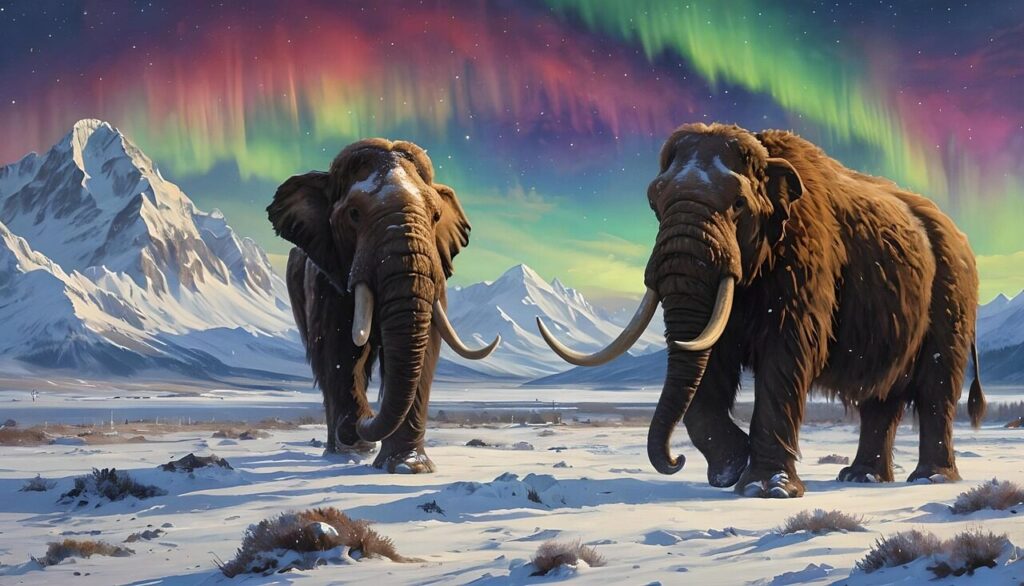
The woolly mammoth was one of the most iconic animals to share the landscape with Native Americans. These massive, shaggy relatives of today’s elephants roamed across much of North America, grazing on grasslands and tundra. Early human groups hunted mammoths for meat, hides, and bones, which they used for food, shelter, and tools. The presence of mammoth remains at ancient camp sites shows the importance of this animal in daily survival. Climate change and overhunting eventually led to their extinction, but the mammoth’s legacy lives on in stories, fossils, and even in ongoing scientific efforts to study their DNA.
2. Saber-Toothed Cat
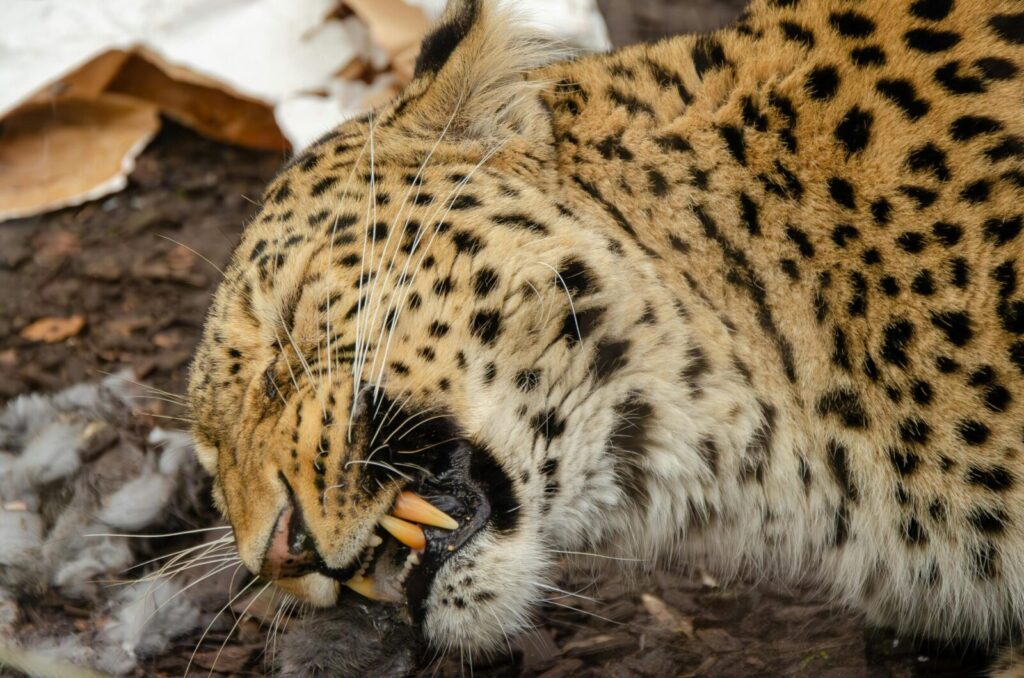
The saber-toothed cat, also known as Smilodon, was a formidable predator with long, curved canine teeth. These cats hunted large prey such as bison, camels, and even young mammoths. They lived in a variety of habitats across North America and often crossed paths with early Native Americans. Fossil evidence suggests these cats were both feared and respected by humans. As the climate warmed and their prey disappeared, saber-toothed cats became extinct. Today, their impressive skulls and teeth are displayed in museums, reminding us of an era when these powerful predators roamed the continent.
3. American Mastodon
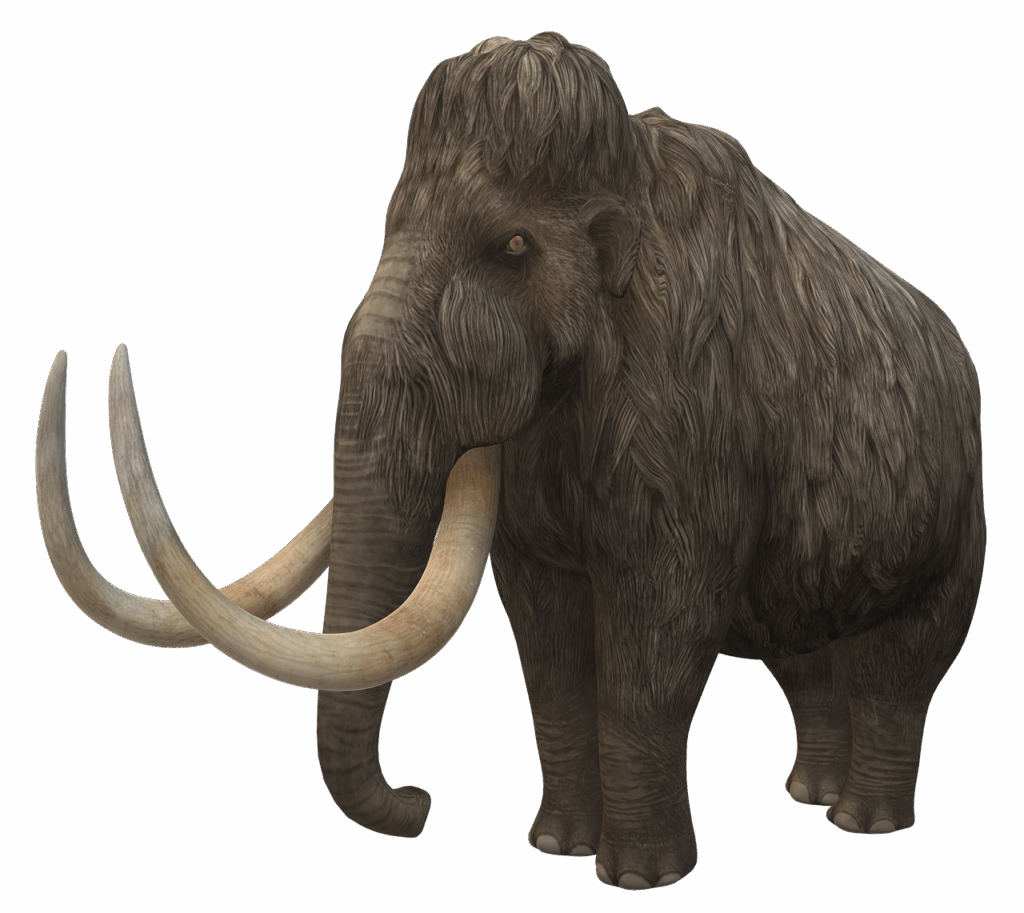
The American mastodon was a distant relative of the modern elephant, but it had straighter tusks and was covered in thick hair. Mastodons lived in forests and swamps throughout North America and were an important food source for Native Americans. Hunters used sophisticated tools to bring down these giants, whose bones and tusks have been discovered alongside ancient stone points. Mastodons vanished around the same time as mammoths, likely due to a combination of climate shifts and human hunting. Their presence in the fossil record highlights the deep connection between people and the animals they relied on.
4. Giant Ground Sloth
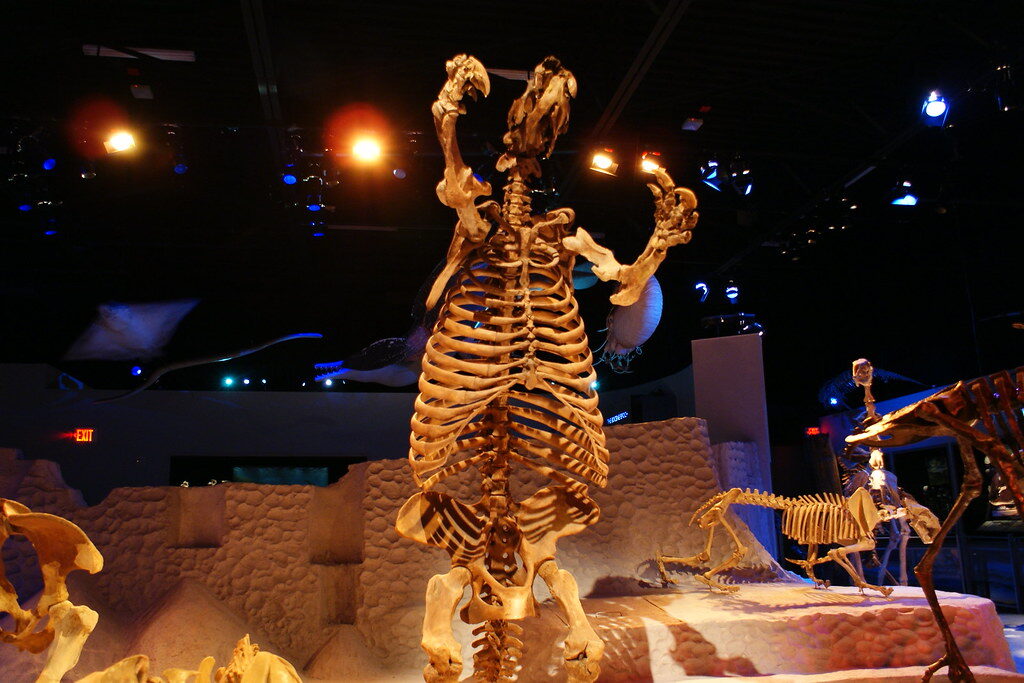
The giant ground sloth was an enormous, slow-moving mammal that could reach the size of a modern car. Unlike today’s tree-dwelling sloths, these animals lived on the ground and grazed on plants. Native Americans encountered giant ground sloths in forests and grasslands, and evidence suggests they may have hunted them for food. Fossilized tracks and bones have been found in caves and ancient sites, offering clues about their interactions with humans. The extinction of these gentle giants marked the end of a unique chapter in North America’s prehistoric wildlife.
5. Short-Faced Bear
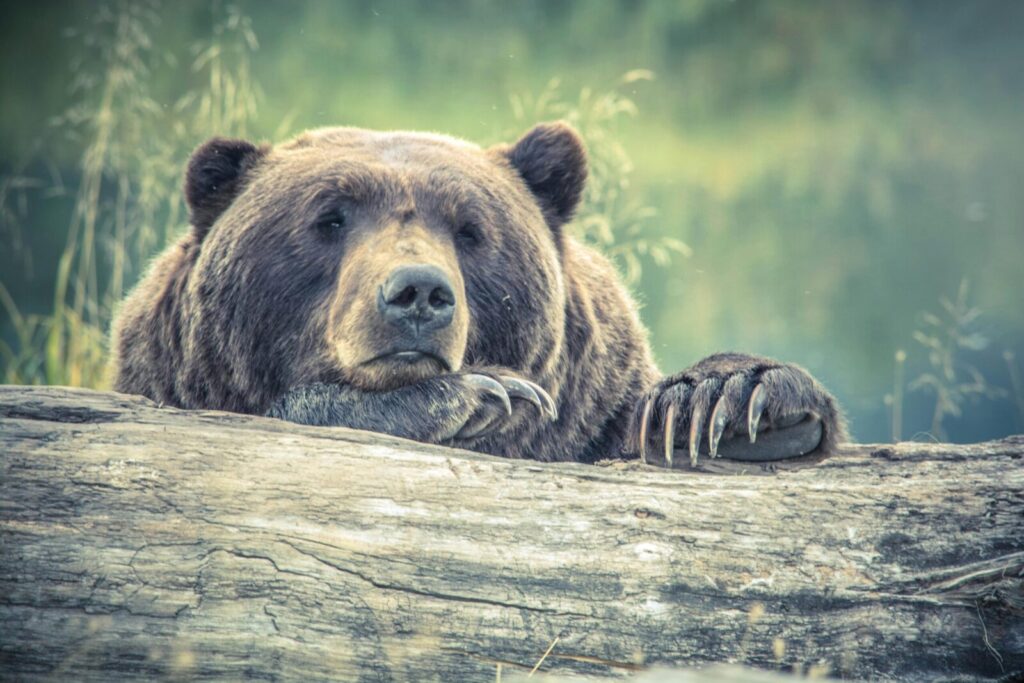
Short-faced bears were among the largest land carnivores to ever live in North America. Towering over modern bears, they could reach up to twelve feet tall when standing. These bears roamed open plains and forests, likely competing with humans and other predators for food. Fossil sites show that short-faced bears overlapped with Native American settlements in time and space. Their extinction is thought to be connected to changes in climate and the disappearance of large prey. The story of the short-faced bear highlights the challenges faced by both animals and people in changing environments.
6. American Lion
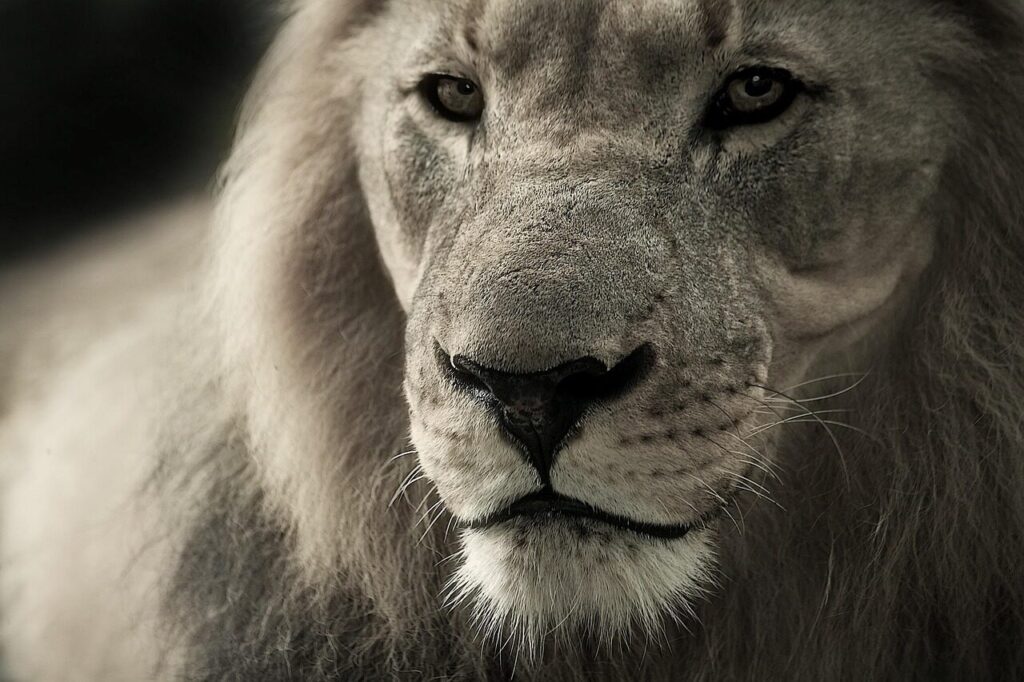
The American lion was one of the largest big cats to ever roam North America. Larger than today’s African lions, these predators lived in forests, grasslands, and near water sources. Fossil evidence reveals that American lions shared territory with Native Americans, who may have viewed them as both threats and symbols of strength. Climate change and competition for food contributed to their extinction. The American lion’s impressive size and power have made it an enduring figure in the continent’s prehistoric past and a fascinating subject for scientists and storytellers alike.
7. Dire Wolf
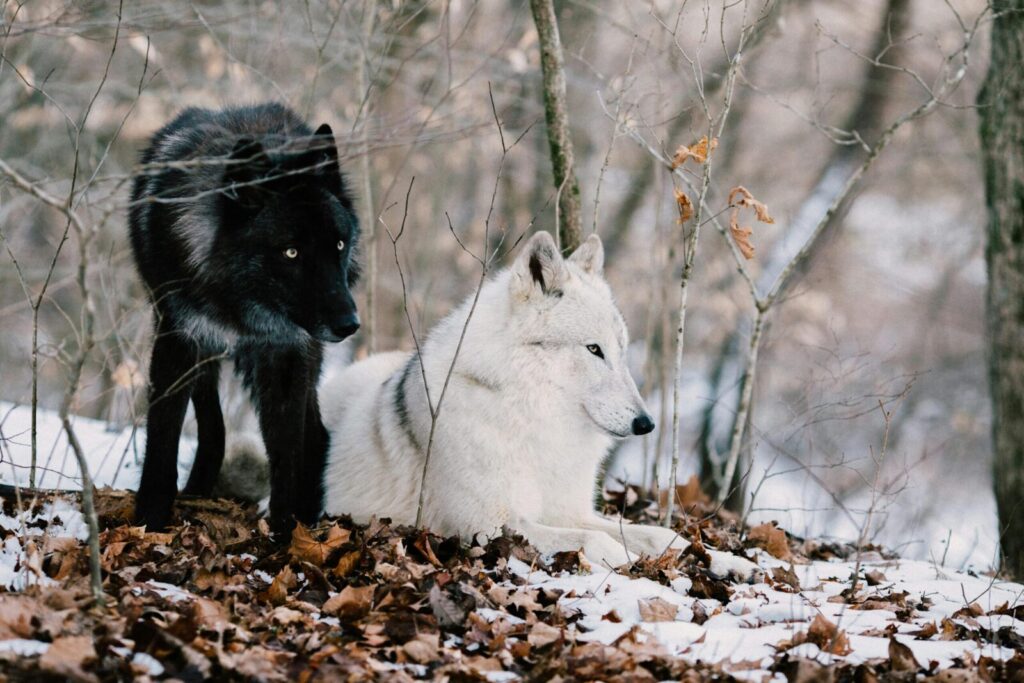
The dire wolf is well known from television and popular culture, but it was a real animal that once lived throughout North America. Larger and heavier than modern wolves, dire wolves hunted in packs and preyed on large animals. Native Americans encountered these predators and may have competed with them for food. Fossils of dire wolves have been found in many ancient sites, showing how widespread they once were. Their extinction was likely caused by changes in climate and the loss of large prey animals, ending the reign of one of the continent’s top predators.
8. Camelops
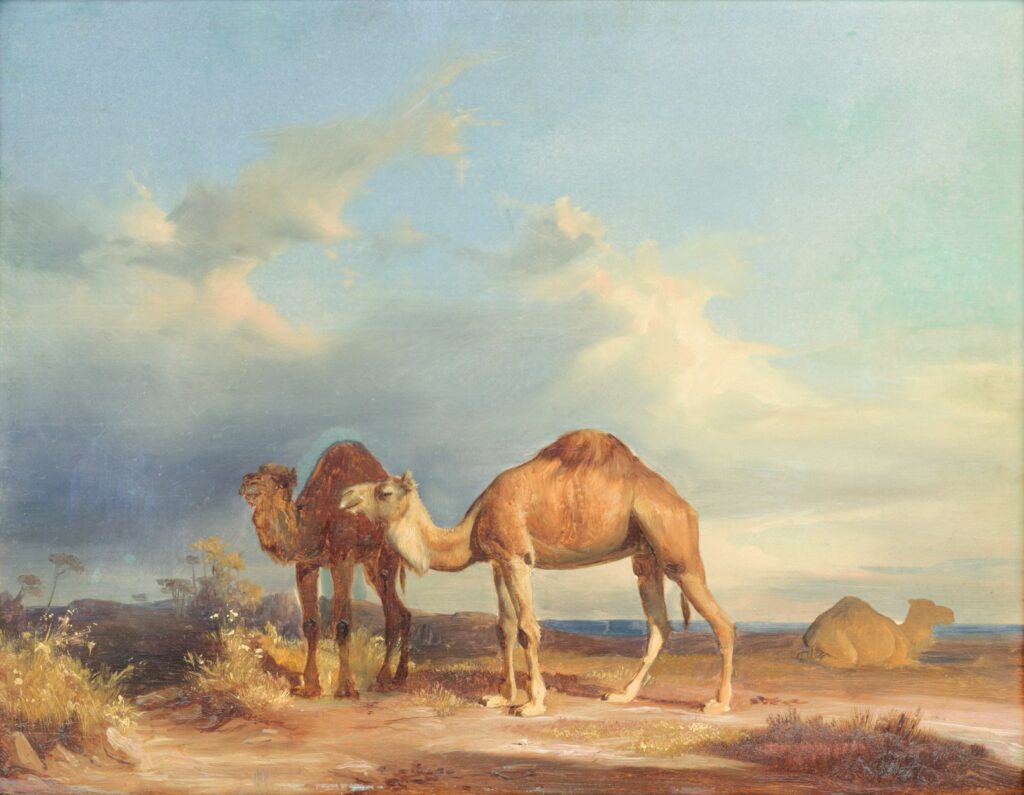
Camelops was an ancient camel that once roamed the grasslands and deserts of North America. Unlike today’s camels, these animals were native to the Americas and adapted to a range of environments. Native Americans would have seen camelops grazing alongside bison and mammoths. Fossil evidence indicates that these animals were hunted for food and possibly used for other purposes. The extinction of Camelops is believed to be linked to changing climates and increased hunting pressure. Their legacy survives in the fossils they left behind and in the distant relatives that live on other continents.
9. Harlan’s Ground Sloth
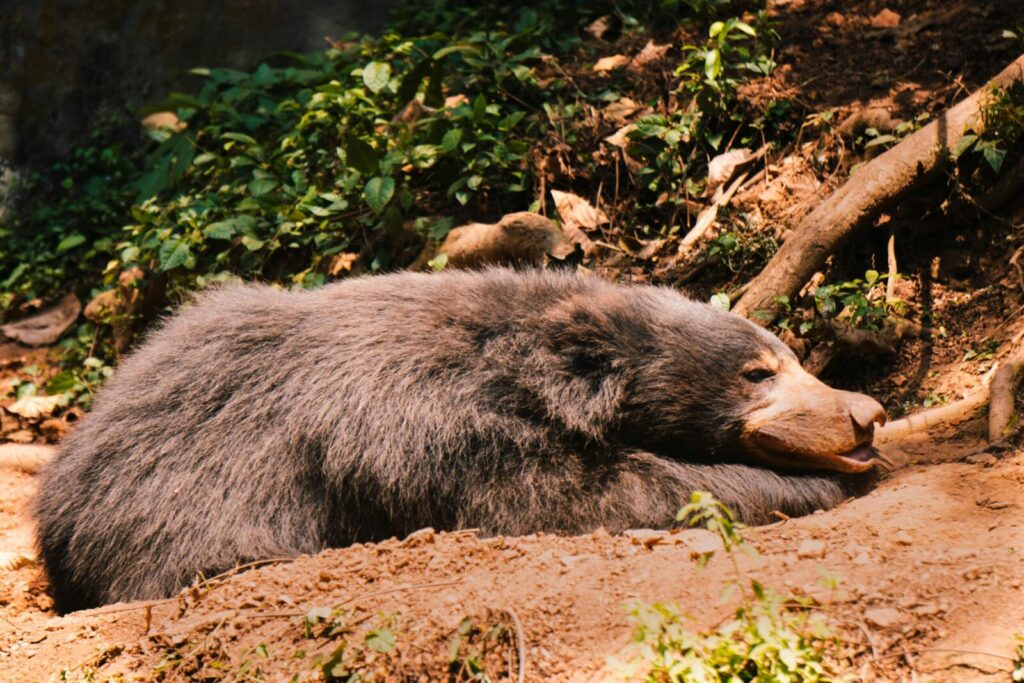
Harlan’s ground sloth was a large, slow-moving herbivore that once inhabited parts of North America. It was smaller than the giant ground sloth but still impressive in size. Native Americans would have encountered Harlan’s ground sloth in a variety of habitats, including woodlands and open plains. Fossils show that humans and these sloths crossed paths, and it is possible that they were hunted for food. Like many other large mammals of the era, Harlan’s ground sloth disappeared as a result of environmental changes and human activity, leaving only bones and ancient footprints as reminders.
10. Ancient Bison
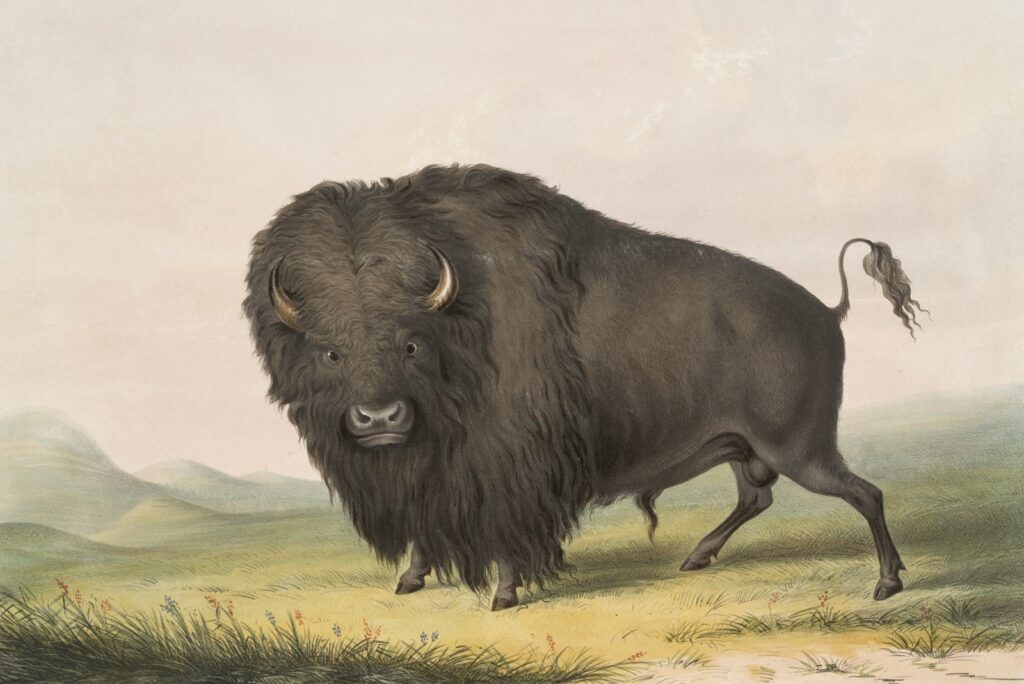
Ancient bison were larger than the bison living today and were a vital resource for Native Americans. These animals traveled in massive herds across the plains and provided food, clothing, and tools for countless generations. Early hunters used coordinated group strategies to harvest bison, shaping the landscape and culture of entire regions. Fossil sites and ancient kill sites reveal the close relationship between humans and bison. Over time, changing climates and hunting pressure caused the ancient bison to disappear, but their legacy lives on through their modern descendants and in Native American traditions.
Comments